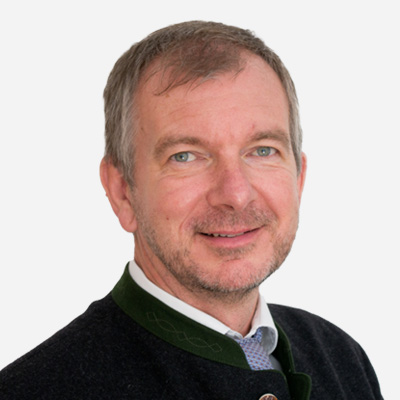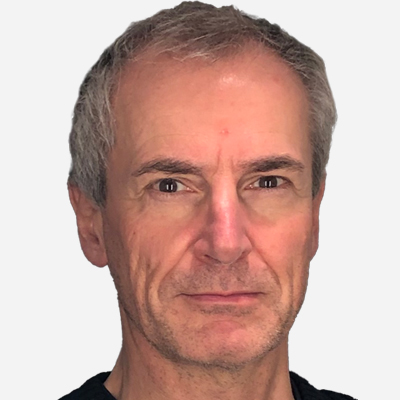Towards Digital Twins of our Earth
Thursday, 21 October, 1530-1700 hrsThe large amount of data from Earth observation programs such as Copernicus, Landsat and many more national and private operators enable us to establish global time series of earth science and environmental parameters. Facing the challenges of global climate change this data- together with large scale computing infrastructure and innovative analysis schemes – could also be used as starting points and frame for modelling complex earth science scenarios to be used for simulating developments and the effects of potential measures. Those virtual “digital twins” would improve the understanding of environmental/climate developments and eventually help to forecast changes and extreme events.
Therefore, the European Commission, together with several organisations concerned in observation of the earth and earth system modelling, will soon launch the Destination Earth initiative to build gradually a “Digital Twin of the Earth”. Speakers from the Commission, ECMWF and ESA will give an update of the planning, the first steps and the challenges ahead and what this would mean for geospatial research.
 Moderator
Moderator
Gunter Schreier

Liina Munari

Peter Bauer

